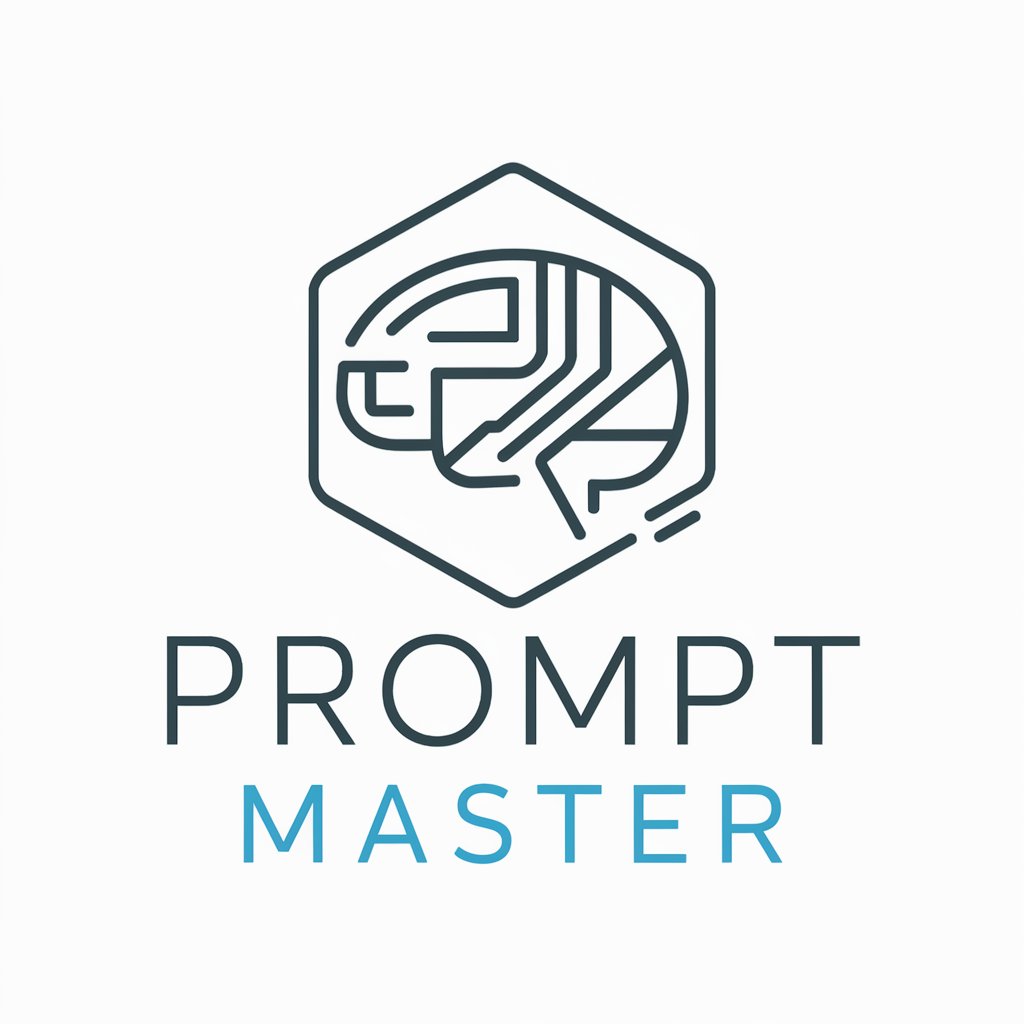
超汎用化スピーチプロンプトエンジニアリング術 - versatile speech prompt engineering

Craft smarter interactions with AI-powered speech prompts
スタートしてください
Get Embed Code
Introduction to Ultra-Universal Speech Prompt Engineering Technique
The Ultra-Universal Speech Prompt Engineering Technique refers to advanced methodologies in creating and managing speech-based interfaces. This technique encompasses a range of strategies used in natural language processing and speech recognition technologies. It is designed to enhance user interaction with AI systems, making them more intuitive and efficient. By focusing on the user's natural language and speech patterns, these techniques aim to facilitate seamless communication between humans and machines. Key aspects include understanding diverse languages, accents, and speech nuances, as well as context-aware processing for accurate responses. Powered by ChatGPT-4o。

Main Functions of Ultra-Universal Speech Prompt Engineering Technique
Natural Language Understanding
Example
Interpreting user queries in different languages
Scenario
A user asks for weather updates in Japanese, and the system accurately provides the requested information, recognizing the language and context.
Speech-to-Text Conversion
Example
Transcribing spoken words into text
Scenario
During a meeting, spoken content is transcribed in real-time, allowing participants to review or translate the discussion.
Contextual Response Generation
Example
Generating appropriate responses based on user input
Scenario
An AI assistant provides travel suggestions by understanding the user's current location, preferences, and past queries.
Ideal Users of Ultra-Universal Speech Prompt Engineering Technique
AI Developers and Researchers
Professionals in AI and machine learning can leverage these techniques to enhance the speech recognition capabilities of their applications, ensuring a broader and more inclusive user reach.
Businesses Implementing AI Assistants
Companies that utilize AI assistants for customer service can benefit from improved interaction quality, leading to enhanced customer satisfaction and engagement.
End Users with Multilingual Needs
Individuals who interact with AI systems in multiple languages, such as travelers or international business professionals, would find these advanced speech prompt systems exceptionally useful.

Using Universal Speech Prompt Engineering Techniques
Start Your Experience
Begin by visiting yeschat.ai to access a free trial instantly, with no need to log in or subscribe to ChatGPT Plus.
Define Your Objectives
Identify the specific goals you aim to achieve with the tool, such as enhancing communication AI, creating dynamic speech prompts, or customizing user interactions.
Explore Features
Familiarize yourself with the tool's features and functionalities, including customizable speech prompts, language models, and integration capabilities.
Experiment and Iterate
Use the tool to create and test various speech prompts. Leverage analytics and feedback to refine prompts for better performance.
Integrate and Apply
Incorporate the optimized speech prompts into your applications, ensuring seamless interaction between users and AI systems.
Try other advanced and practical GPTs
Code Monkey
Empowering Code Creation with AI

Ami D'Azul
Navigate Life's Dilemmas with AI Wisdom

Greentext.gpt
Crafting humor with AI-powered greentexts

LegislativeGPT
Empowering legislative insights with AI

Big Query SQL Query Optimizer
Optimizing SQL, Powering Insights with AI

BestGPTs
Harness AI Power for Your Specific Needs

ニュートンぞう🚀
Making Physics Fun with AI

Diseñando Experiencias de Formación
Crafting Next-Gen Educational Experiences

AI [Gの意思]
Emulate unique Twitter styles, AI-powered
![AI [Gの意思]](https://r2.erweima.ai/i/1g_efV-RQzGNdPW16RD1YA.png)
Asesor de Estrategia
Empowering Strategies with AI

ピンチを乗りこえる物語を生成するbot
Bringing Stories to Life with AI

ときめきむにょわーる
Bringing Characters to Life with AI

Q&A on Universal Speech Prompt Engineering Techniques
What are Universal Speech Prompt Engineering Techniques?
This approach involves creating highly adaptable and effective speech prompts that enhance the interaction between AI systems and users, improving engagement and comprehension.
Who can benefit from these techniques?
Developers, content creators, educators, and businesses looking to leverage AI for improved communication and user interaction can benefit significantly.
How do these techniques improve AI interaction?
By tailoring speech prompts to be more context-aware and user-centric, they make AI systems more responsive and intuitive to users' needs.
Can these techniques be applied to any language?
Yes, they are designed to be highly versatile, supporting multiple languages and dialects for broad applicability.
What are the challenges in implementing these techniques?
Challenges may include ensuring cultural and contextual relevance of prompts, integrating with diverse AI platforms, and continuously updating prompts based on user feedback.





